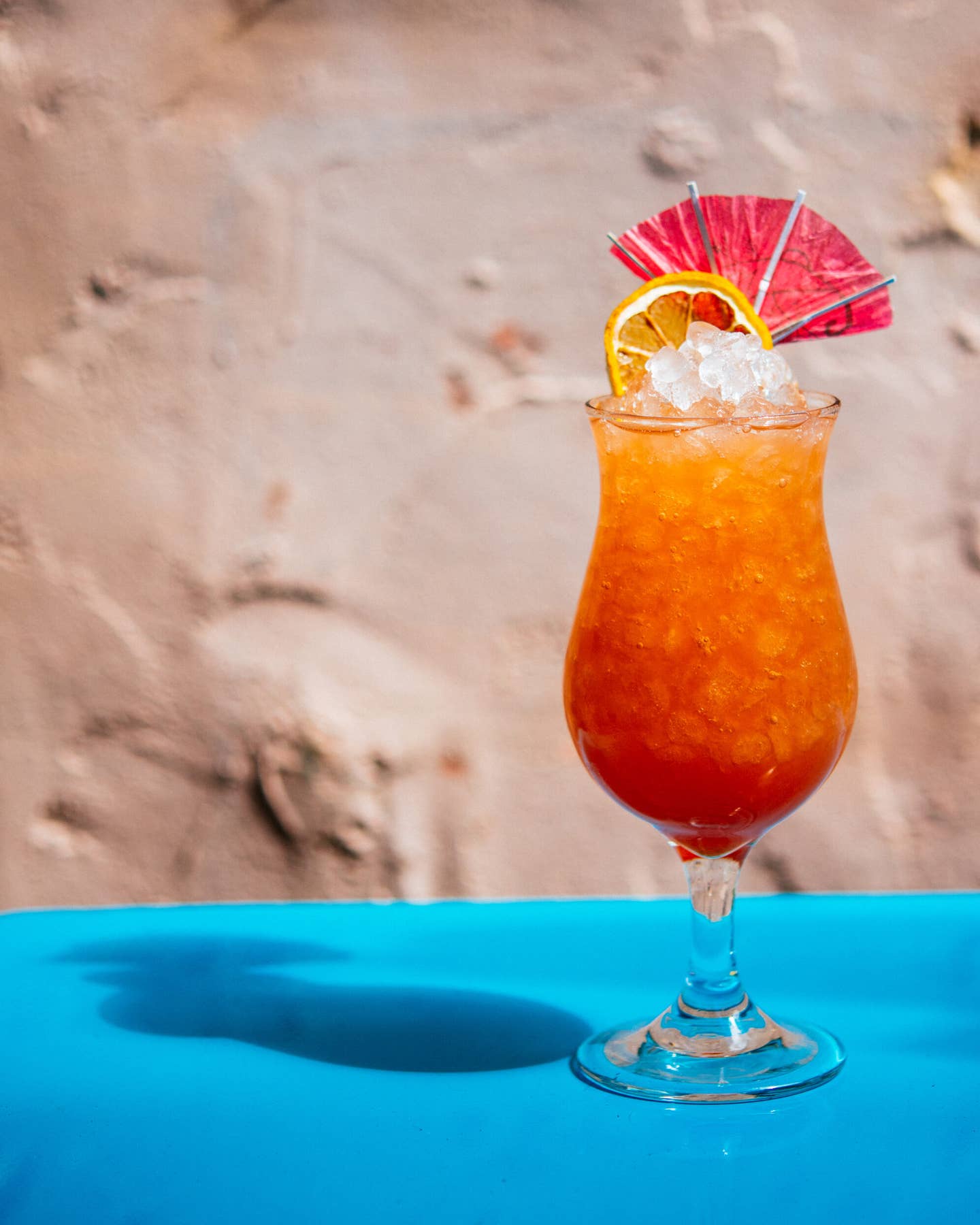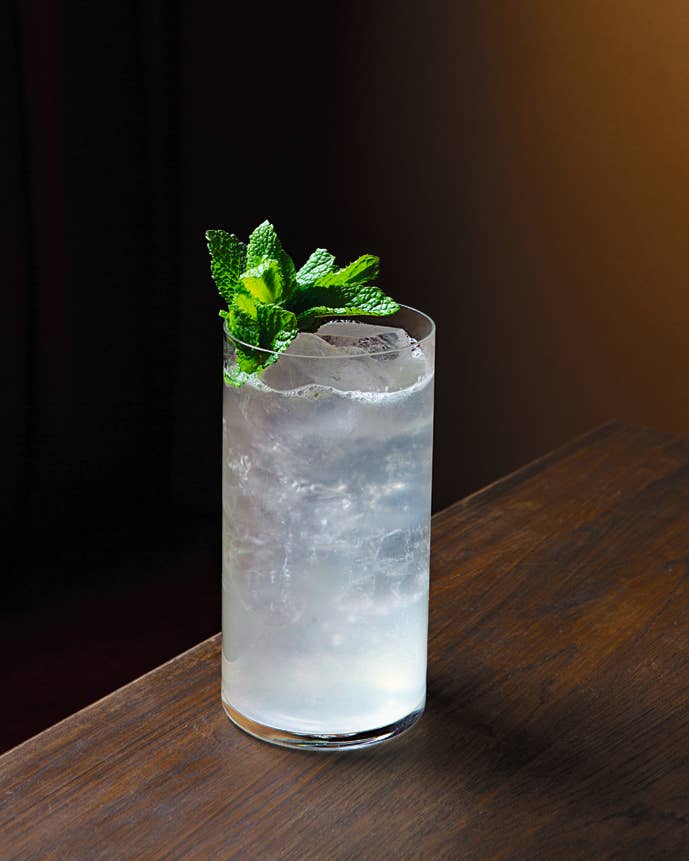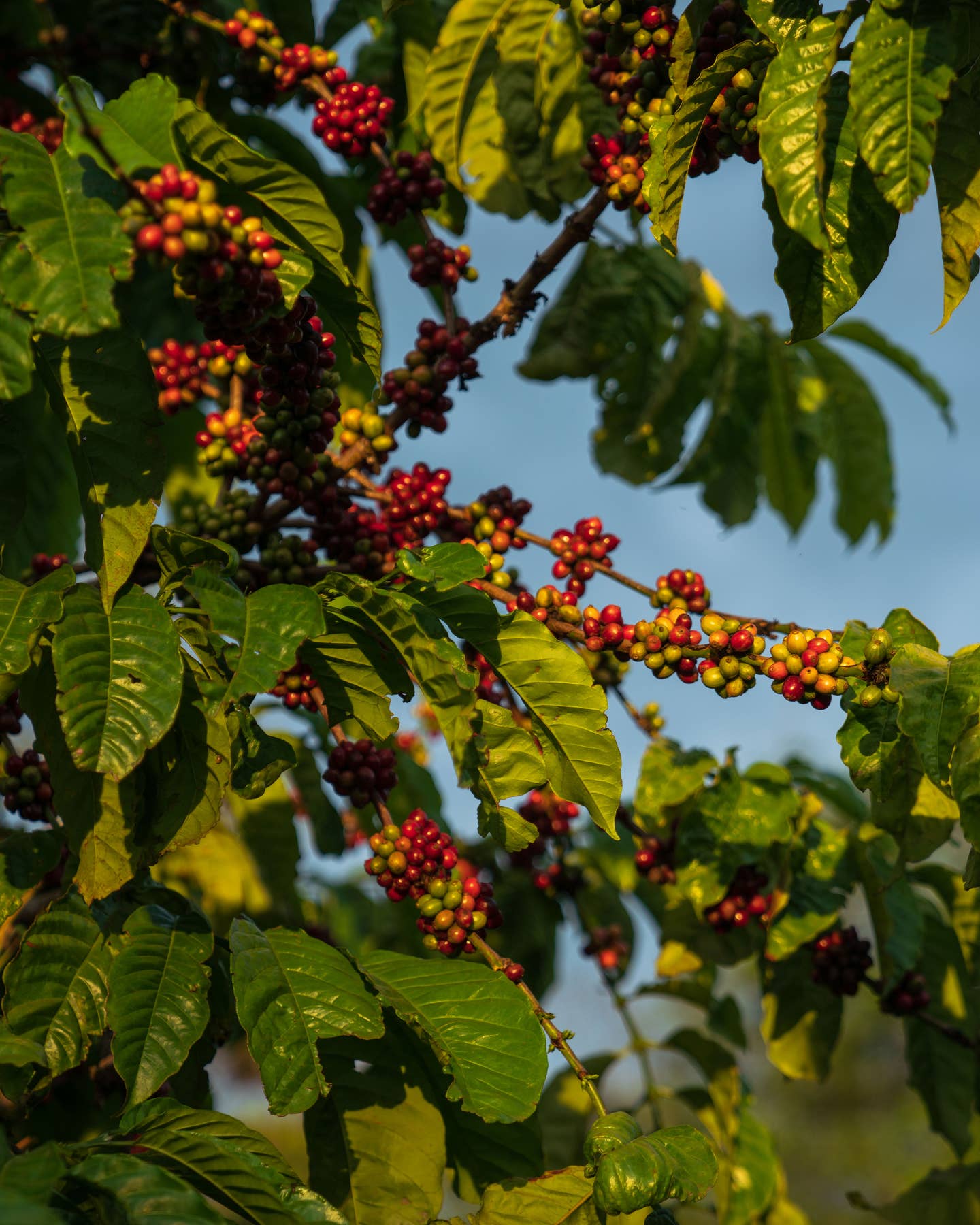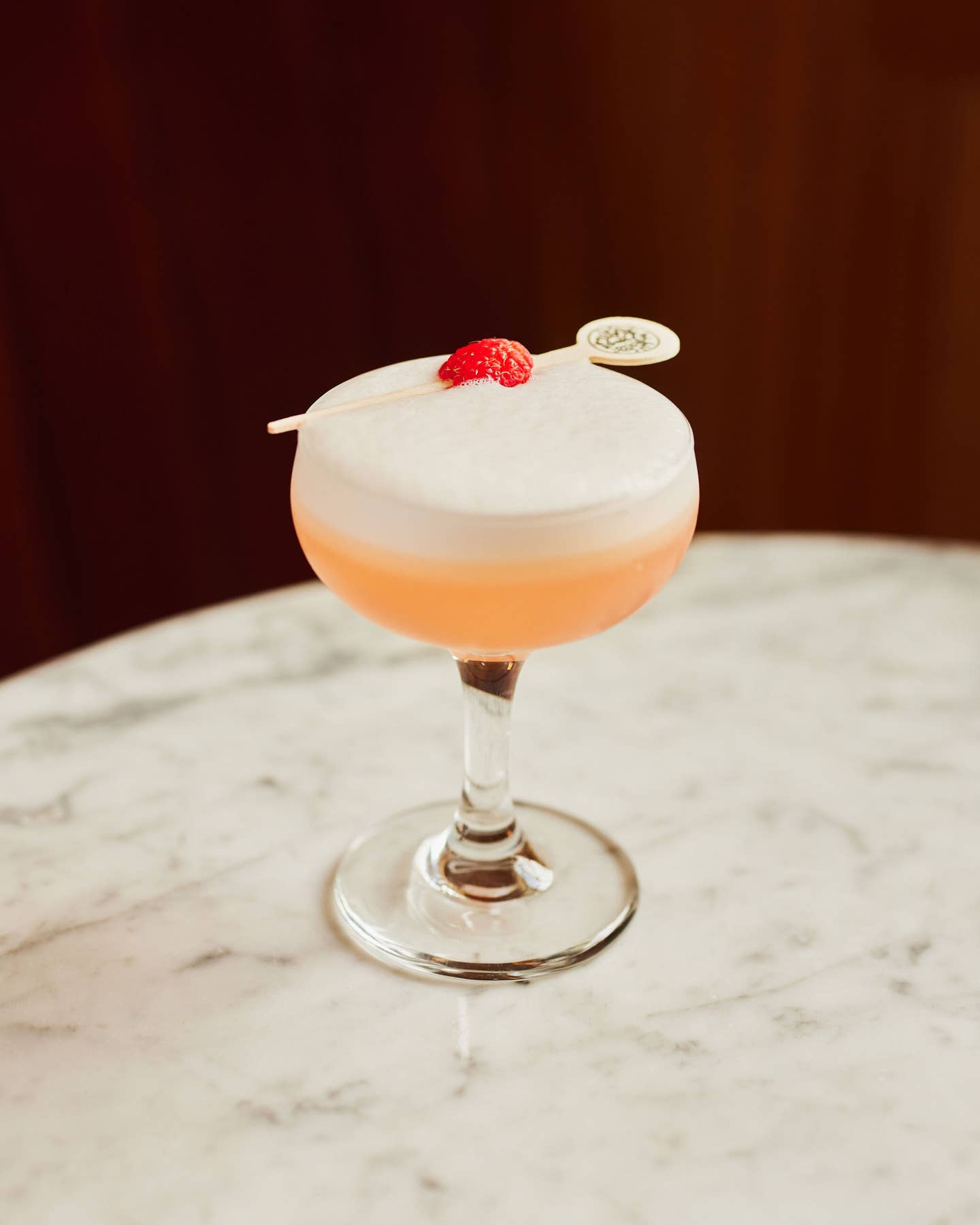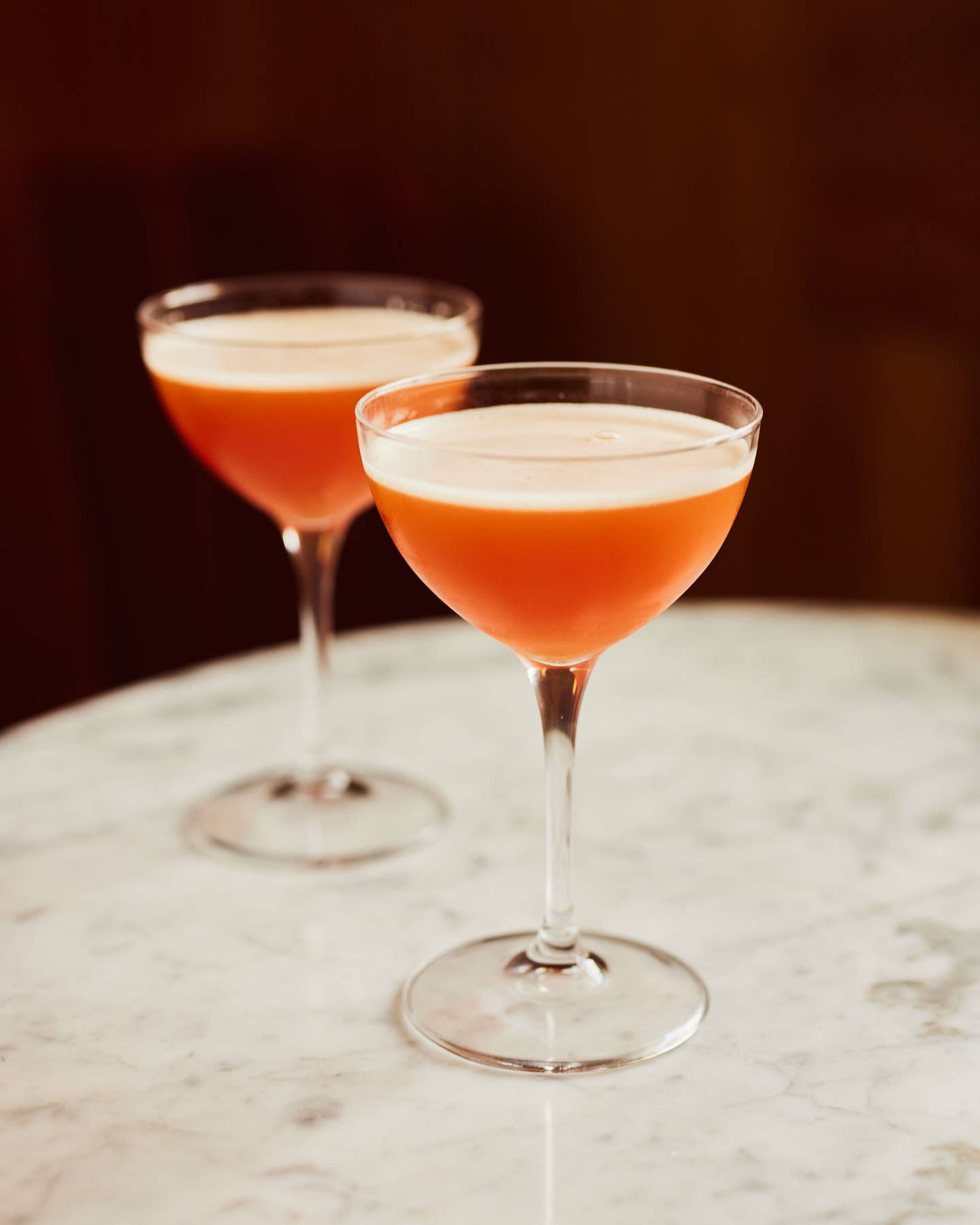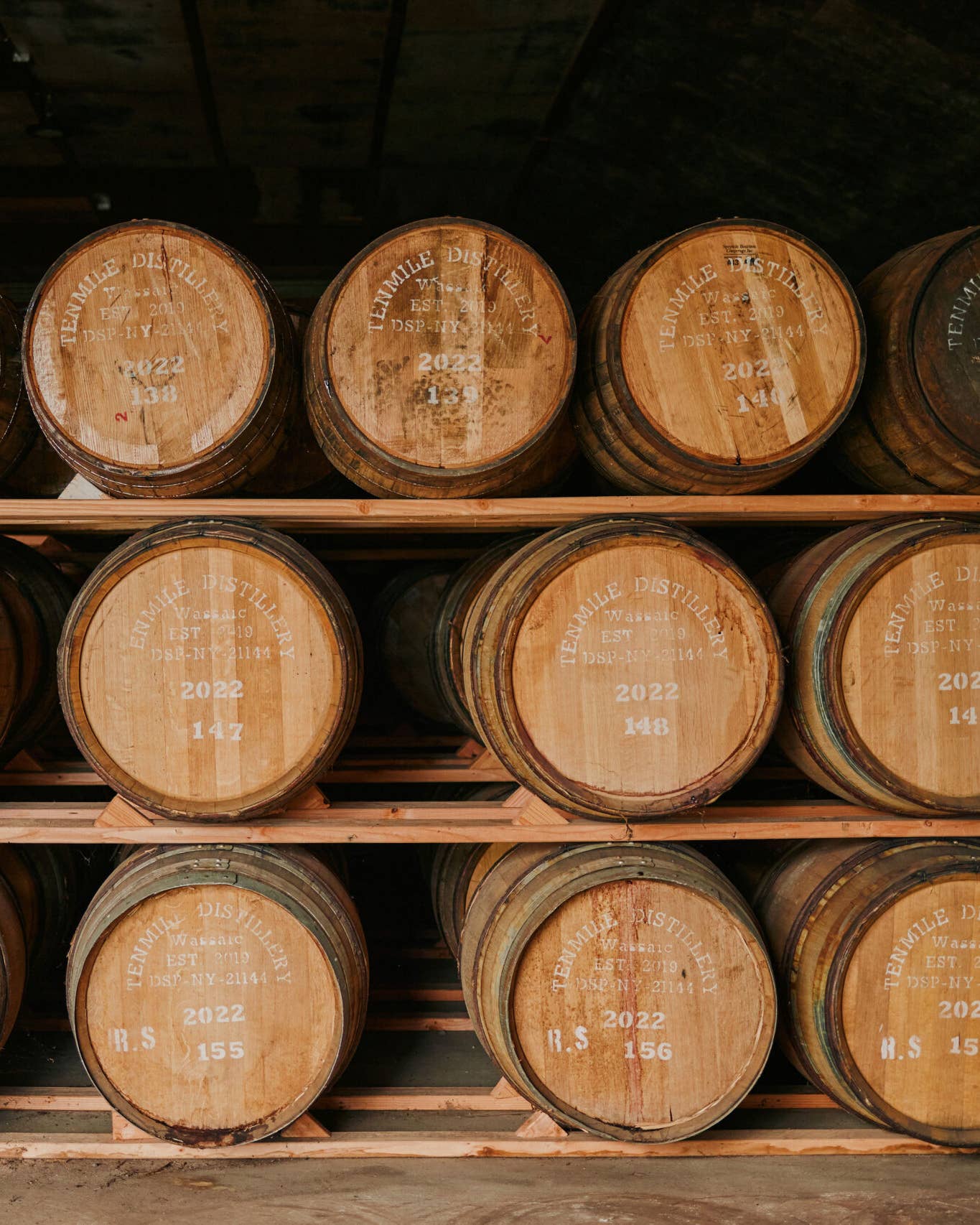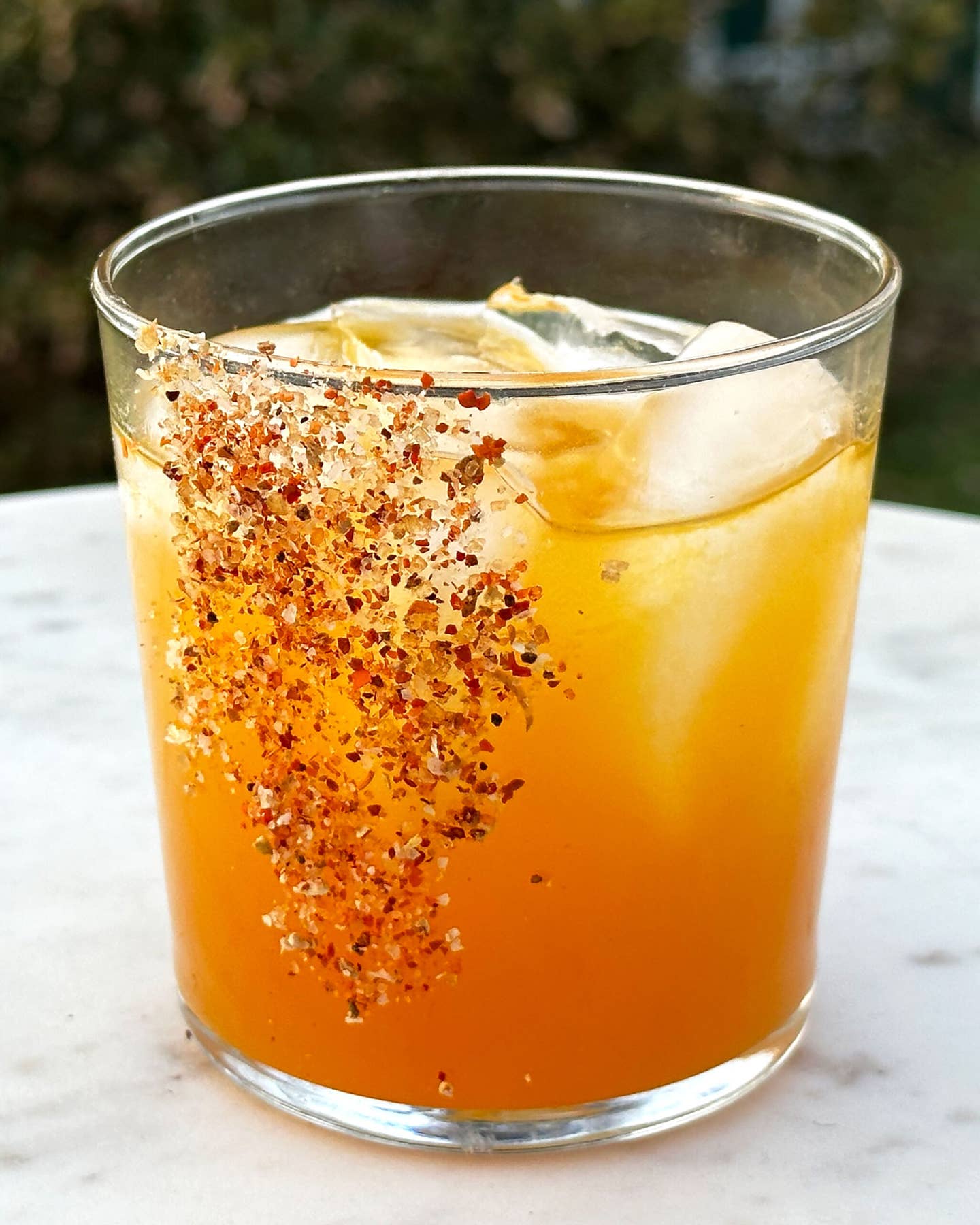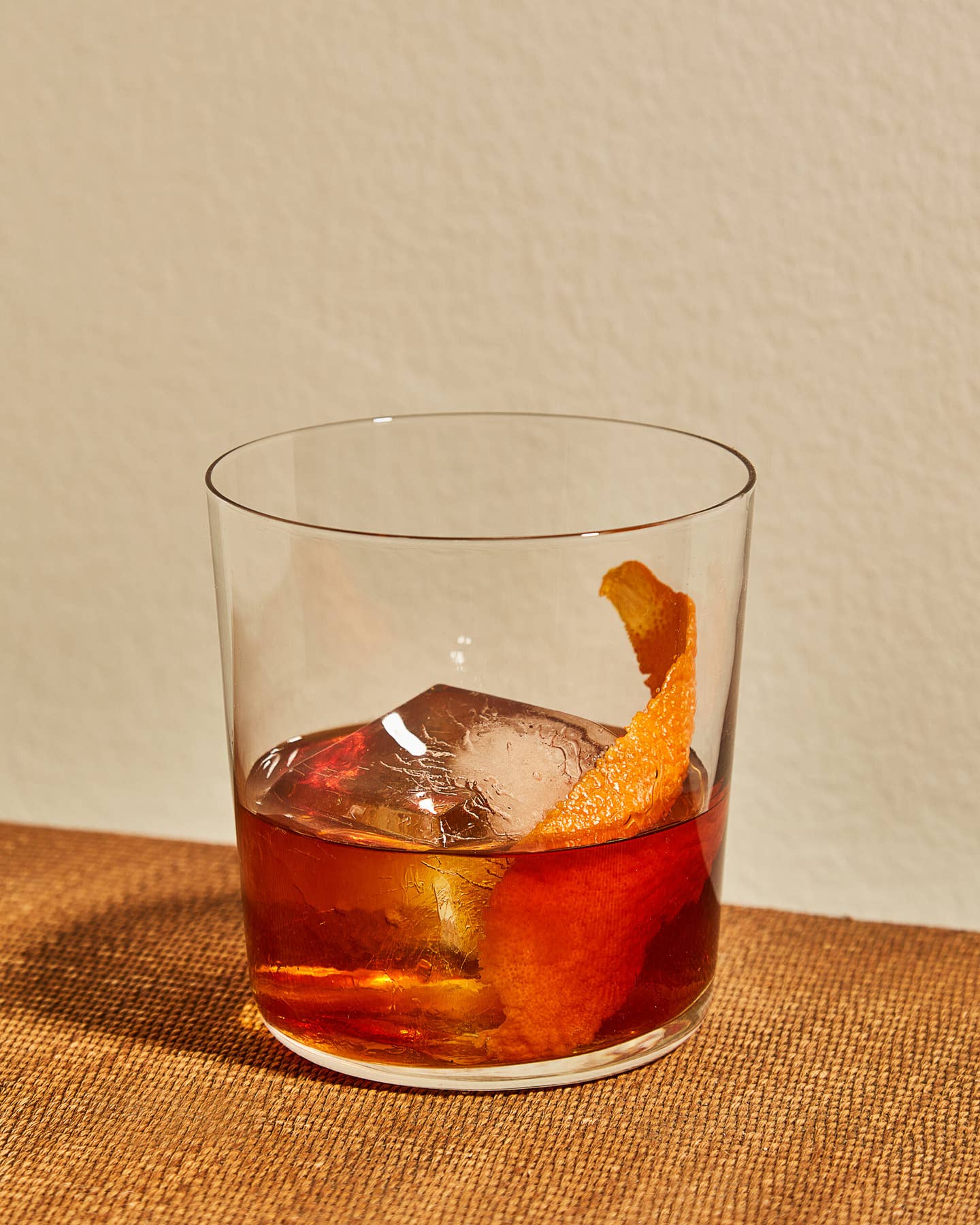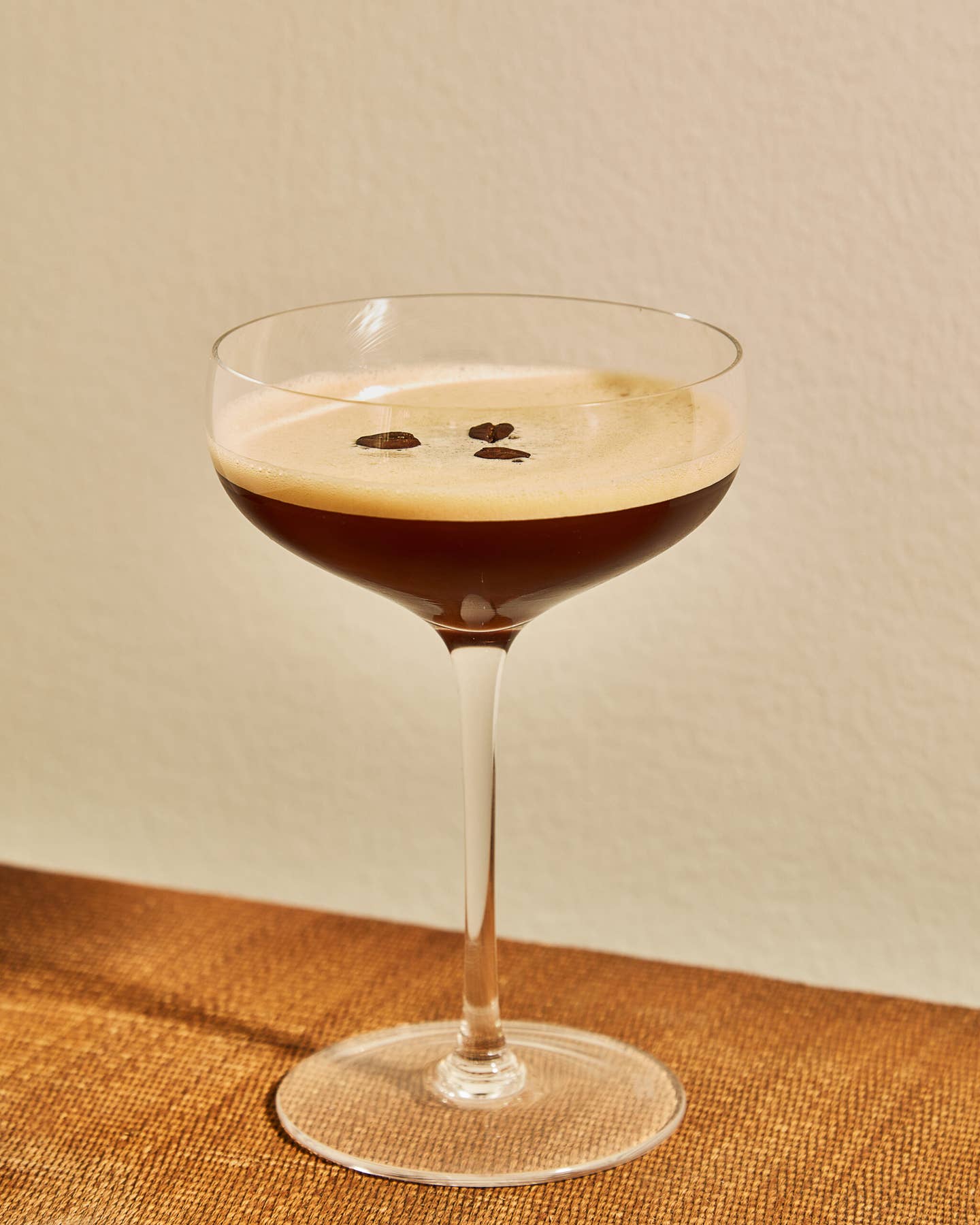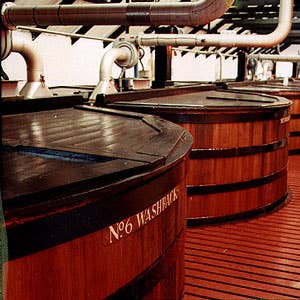
Foreign Wood
Scotch whisky wouldn't taste the way it does were it not for a Spanish wine and an American liquor—sherry and bourbon, respectively. That's because almost all single malt is aged in barrels that formerly contained one or the other. Many distillers use both kinds of barrels, in fact, though bourbon wood predominates. On Islay, Laphroaig uses bourbon casks exclusively. ''In Scotland,'' says distillery manager Iain Henderson with a wink, ''we see the bourbon industry as a wood preparation enterprise for the Scotch whisky industry.'' Both kinds of wood add flavor and aroma to the whisky as it ages over the years—but bourbon barrels, which are charred on the inside, lend more color. Whisky interacts with the barrels because the spirit ''migrates'' in and out of the wood: In the summer, when the air is dry, it is absorbed into the wood. In the winter, when the wood becomes saturated with moist (and, on Islay, salty) air from the atmosphere, the whisky retreats back to the interior of the barrel. Former cooper Jim McEwan of Bowmore adds that when bourbon barrels are shipped across the Atlantic, they tend to sweat in the heat. ''You might find two or three pints of the best bourbon sloshing around in there. In the old days, the boys at the distilleries would strain it through ladies' tights and have a nice little drink.''
Keep Reading
Continue to Next Story

